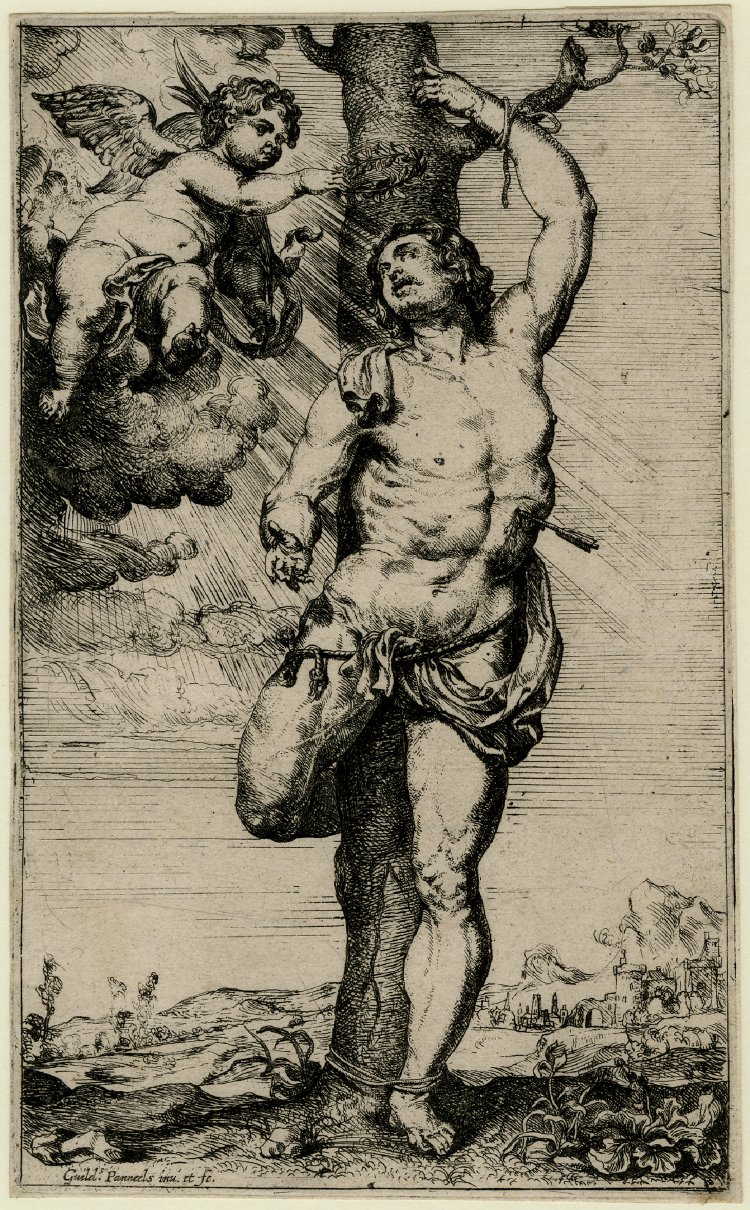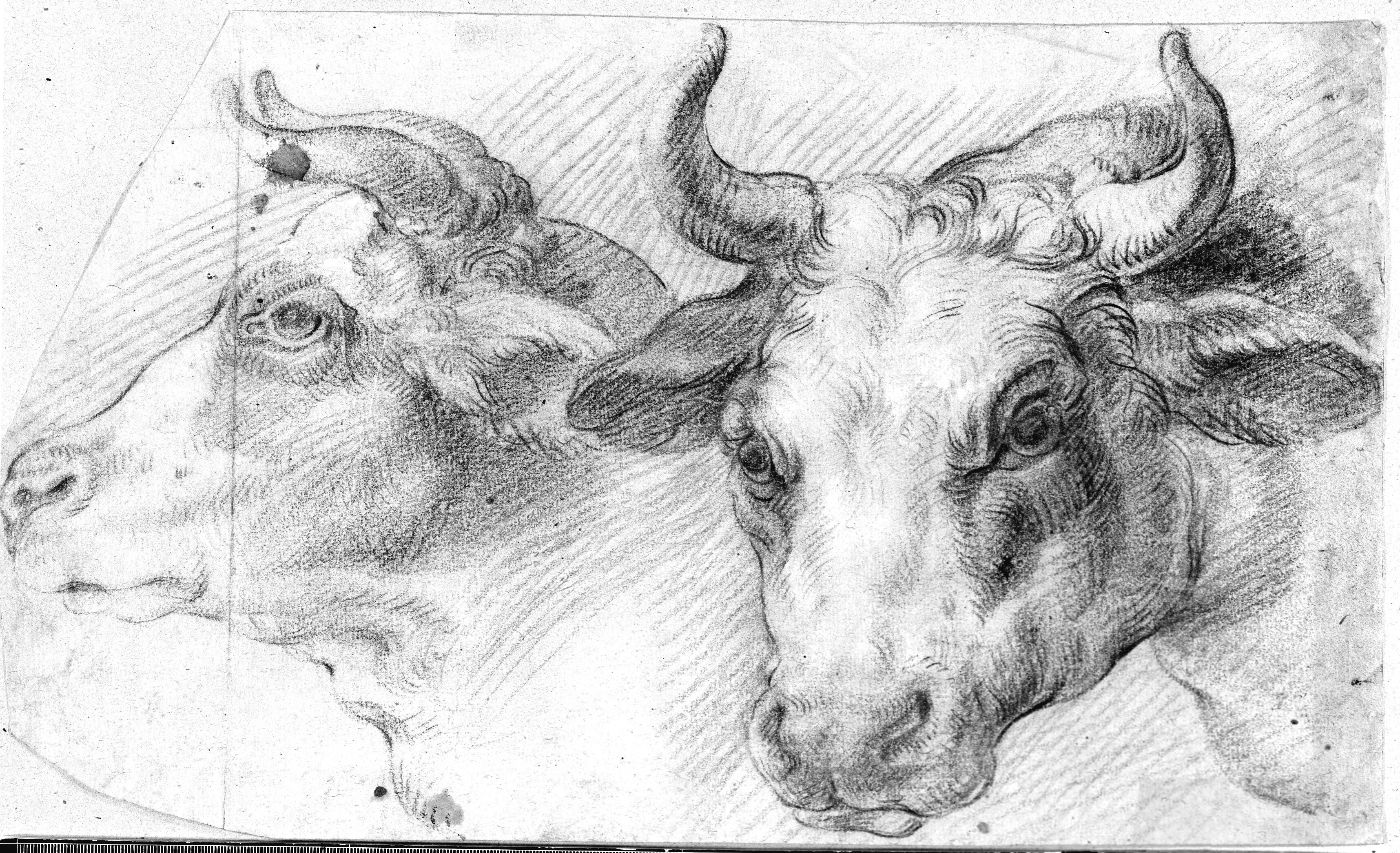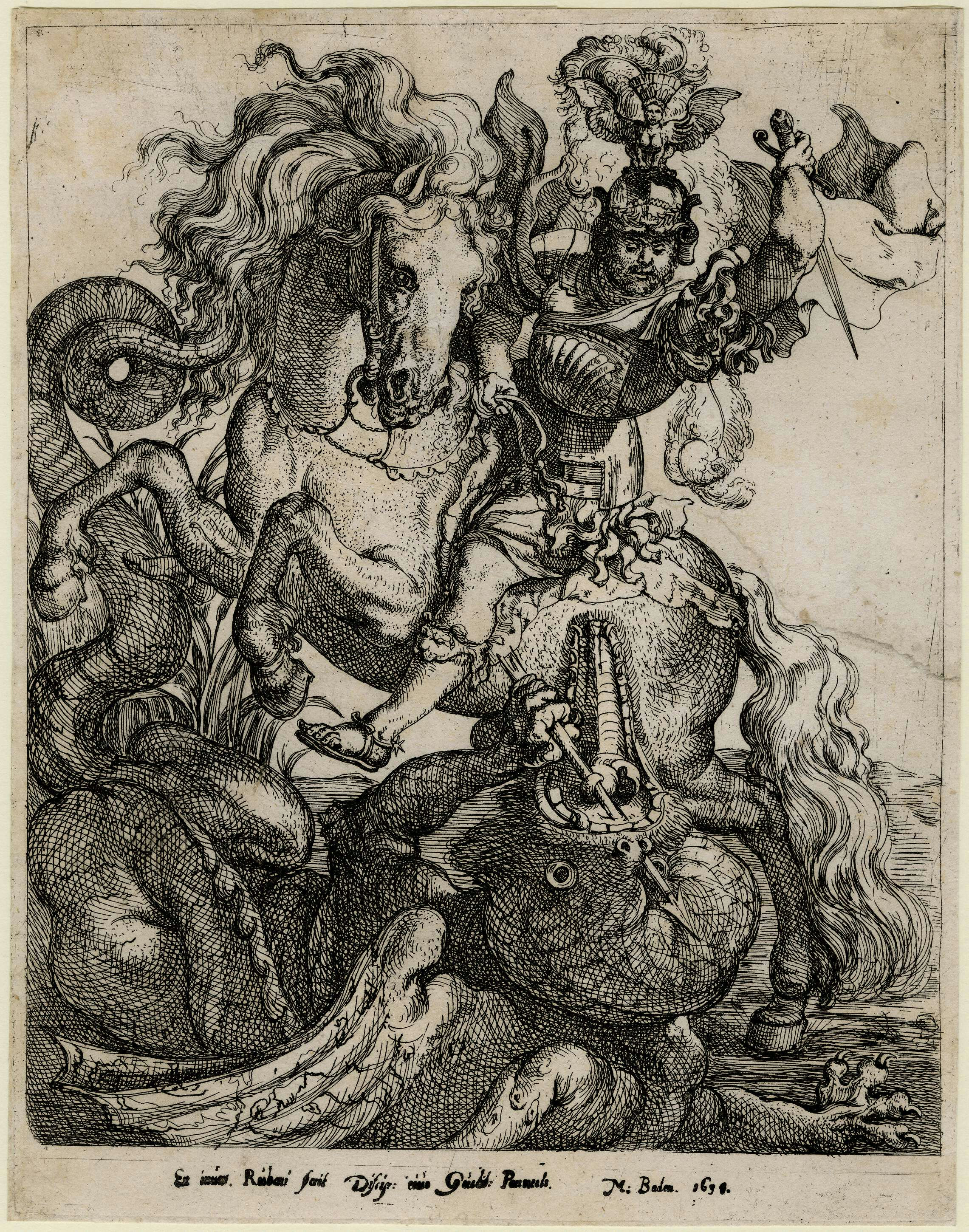Willem Panneels on:
[Wikipedia]
[Google]
[Amazon]
 Willem Panneels (c.1600 – c.1634) was a
Willem Panneels (c.1600 – c.1634) was a
 In the year 1628 Rubens went on a diplomatic mission. During his absence Panneels looked after Rubens' house and workshop. This gave him access to all the works which Rubens kept in his ''cantoor''. It was not general practice for collaborators to have unrestricted access to the ''cantoor'' as it was regarded as important intellectual property of the artist that he would use in his creative process. Rubens had therefore provided in his will that the works in the ''cantoor'' should stay in the family should any of his children wish to follow in his artistic footsteps.
Panneels made a large number of copies of the works present in the ''cantoor'' and of Rubens' sketch books of anatomy and garments. 262 of the more than 500 works belonging to the Rubens ''cantoor'' have been identified as being by the hand of Panneels. Panneels mainly copied parts of works or made loose sketches. Thus he copied anatomical sketches or parts of animals.
The drawings he made were not exact copies and display some differences with the originals. Perhaps this indicates an independent exercise in creativity by Panneels. Shortly after Rubens' return to Antwerp, he decided to move abroad and establish himself as an independent artist. It is therefore possible that he made the copies of Rubens’ ''cantoor'' to train his own style and creativity. Panneels put his own signature on the copies thus making clear that they were copies after Rubens and that he did not want to resell them as original Rubens drawings.
The copies that Panneels made of Rubens’ ''cantoor'' are an important source of information about Rubens’ creative process.
In the year 1628 Rubens went on a diplomatic mission. During his absence Panneels looked after Rubens' house and workshop. This gave him access to all the works which Rubens kept in his ''cantoor''. It was not general practice for collaborators to have unrestricted access to the ''cantoor'' as it was regarded as important intellectual property of the artist that he would use in his creative process. Rubens had therefore provided in his will that the works in the ''cantoor'' should stay in the family should any of his children wish to follow in his artistic footsteps.
Panneels made a large number of copies of the works present in the ''cantoor'' and of Rubens' sketch books of anatomy and garments. 262 of the more than 500 works belonging to the Rubens ''cantoor'' have been identified as being by the hand of Panneels. Panneels mainly copied parts of works or made loose sketches. Thus he copied anatomical sketches or parts of animals.
The drawings he made were not exact copies and display some differences with the originals. Perhaps this indicates an independent exercise in creativity by Panneels. Shortly after Rubens' return to Antwerp, he decided to move abroad and establish himself as an independent artist. It is therefore possible that he made the copies of Rubens’ ''cantoor'' to train his own style and creativity. Panneels put his own signature on the copies thus making clear that they were copies after Rubens and that he did not want to resell them as original Rubens drawings.
The copies that Panneels made of Rubens’ ''cantoor'' are an important source of information about Rubens’ creative process.

St George slays the dragon, Willem Panneels, After the painting by Rubens in Museo del Prado
/ref> No paintings by him are known.
 Willem Panneels (c.1600 – c.1634) was a
Willem Panneels (c.1600 – c.1634) was a Flemish
Flemish (''Vlaams'') is a Low Franconian dialect cluster of the Dutch language. It is sometimes referred to as Flemish Dutch (), Belgian Dutch ( ), or Southern Dutch (). Flemish is native to Flanders, a historical region in northern Belgium; ...
engraver who was active in the first half of the 17th century. He is mainly known for the copies he made of drawings from the personal study of Rubens
Sir Peter Paul Rubens (; ; 28 June 1577 – 30 May 1640) was a Flemish artist and diplomat from the Duchy of Brabant in the Southern Netherlands (modern-day Belgium). He is considered the most influential artist of the Flemish Baroque traditi ...
.
Biography
Very little is known about his personal life. He was born around 1600 probably inAntwerp
Antwerp (; nl, Antwerpen ; french: Anvers ; es, Amberes) is the largest city in Belgium by area at and the capital of Antwerp Province in the Flemish Region. With a population of 520,504,
. Until his arrival in Rubens' workshop in 1624-1625 no information about him is known. When he left Rubens’ workshop in 1630, he traveled to Cologne, Baden
Baden (; ) is a historical territory in South Germany, in earlier times on both sides of the Upper Rhine but since the Napoleonic Wars only East of the Rhine.
History
The margraves of Baden originated from the House of Zähringen. Baden i ...
and Frankfurt am Main
Frankfurt, officially Frankfurt am Main (; Hessian: , " Frank ford on the Main"), is the most populous city in the German state of Hesse. Its 791,000 inhabitants as of 2022 make it the fifth-most populous city in Germany. Located on its na ...
. In 1631 he stayed in Mainz
Mainz () is the capital and largest city of Rhineland-Palatinate, Germany.
Mainz is on the left bank of the Rhine, opposite to the place that the Main joins the Rhine. Downstream of the confluence, the Rhine flows to the north-west, with Mainz ...
, where he worked for the prince-bishop Anselm Casimir Wambold von Umstadt. In 1632 he traveled on to Strasbourg
Strasbourg (, , ; german: Straßburg ; gsw, label= Bas Rhin Alsatian, Strossburi , gsw, label=Haut Rhin Alsatian, Strossburig ) is the prefecture and largest city of the Grand Est region of eastern France and the official seat of the Eu ...
and after that date the historical records are silent about him. It is assumed he died around 1634 in Baden-Baden.
Panneels and Rubens
Willem Panneels began working for Rubens in 1624-1625 as an engraver. In 1628 he was registered with theAntwerp
Antwerp (; nl, Antwerpen ; french: Anvers ; es, Amberes) is the largest city in Belgium by area at and the capital of Antwerp Province in the Flemish Region. With a population of 520,504,
Guild of St. Luke
The Guild of Saint Luke was the most common name for a city guild for painters and other artists in early modern Europe, especially in the Low Countries. They were named in honor of the Evangelist Luke, the patron saint of artists, who was iden ...
. The register states that he was an assistant of Rubens. The fact that Panneels registered with the Guild is exceptional since Rubens and the members of his workshop were exempted from registration with the Guild because of Rubens' appointment to the court as a court painter. Only two other of Rubens' assistants were registered with the Guild. Panneels' registration with the Guild shows that he had fulfilled the requirements towards becoming a master and that he was ready to start his own workshop. However, he stayed on at Rubens' workshop for another two years.
Examples of the prints he made during this period include ‘’David slays the bear’’, ‘’St Sebastian bound to a tree with a putti’’ and ‘’St. Agnes’’. His style is close to that of Rubens. There were sufficient orders for him to complete in Rubens’ workshop. Just like Rubens’ other collaborators, Panneels could draw from an extensive collection of artwork and sketches to practice his skills. This collection was kept in a closet or room (referred to in Flemish
Flemish (''Vlaams'') is a Low Franconian dialect cluster of the Dutch language. It is sometimes referred to as Flemish Dutch (), Belgian Dutch ( ), or Southern Dutch (). Flemish is native to Flanders, a historical region in northern Belgium; ...
as ''cantoor'') that served as a repository for documents and models. The copying of these works belonged to the standard training received in a workshop. The Danish
Danish may refer to:
* Something of, from, or related to the country of Denmark
People
* A national or citizen of Denmark, also called a "Dane," see Demographics of Denmark
* Culture of Denmark
* Danish people or Danes, people with a Danish ance ...
physician Otto Sperling who visited Rubens' workshop in the early 1720s reported on the active copying work that took place in the workshop. The works kept in the ''cantoor'' also served as a model for execution of new art works. The ''cantoor'' of Rubens was very extensive because of the many assignments he had worked on and his regular travels abroad where he would make sketches of the many new things he encountered there. All these sketches were kept inside the ''cantoor''.
 In the year 1628 Rubens went on a diplomatic mission. During his absence Panneels looked after Rubens' house and workshop. This gave him access to all the works which Rubens kept in his ''cantoor''. It was not general practice for collaborators to have unrestricted access to the ''cantoor'' as it was regarded as important intellectual property of the artist that he would use in his creative process. Rubens had therefore provided in his will that the works in the ''cantoor'' should stay in the family should any of his children wish to follow in his artistic footsteps.
Panneels made a large number of copies of the works present in the ''cantoor'' and of Rubens' sketch books of anatomy and garments. 262 of the more than 500 works belonging to the Rubens ''cantoor'' have been identified as being by the hand of Panneels. Panneels mainly copied parts of works or made loose sketches. Thus he copied anatomical sketches or parts of animals.
The drawings he made were not exact copies and display some differences with the originals. Perhaps this indicates an independent exercise in creativity by Panneels. Shortly after Rubens' return to Antwerp, he decided to move abroad and establish himself as an independent artist. It is therefore possible that he made the copies of Rubens’ ''cantoor'' to train his own style and creativity. Panneels put his own signature on the copies thus making clear that they were copies after Rubens and that he did not want to resell them as original Rubens drawings.
The copies that Panneels made of Rubens’ ''cantoor'' are an important source of information about Rubens’ creative process.
In the year 1628 Rubens went on a diplomatic mission. During his absence Panneels looked after Rubens' house and workshop. This gave him access to all the works which Rubens kept in his ''cantoor''. It was not general practice for collaborators to have unrestricted access to the ''cantoor'' as it was regarded as important intellectual property of the artist that he would use in his creative process. Rubens had therefore provided in his will that the works in the ''cantoor'' should stay in the family should any of his children wish to follow in his artistic footsteps.
Panneels made a large number of copies of the works present in the ''cantoor'' and of Rubens' sketch books of anatomy and garments. 262 of the more than 500 works belonging to the Rubens ''cantoor'' have been identified as being by the hand of Panneels. Panneels mainly copied parts of works or made loose sketches. Thus he copied anatomical sketches or parts of animals.
The drawings he made were not exact copies and display some differences with the originals. Perhaps this indicates an independent exercise in creativity by Panneels. Shortly after Rubens' return to Antwerp, he decided to move abroad and establish himself as an independent artist. It is therefore possible that he made the copies of Rubens’ ''cantoor'' to train his own style and creativity. Panneels put his own signature on the copies thus making clear that they were copies after Rubens and that he did not want to resell them as original Rubens drawings.
The copies that Panneels made of Rubens’ ''cantoor'' are an important source of information about Rubens’ creative process.

Work
The etchings of Panneels were often based on paintings or designs of Rubens. His own work is also heavily influenced by the style of Rubens. Only a few engravings are known from the period after he left Rubens’ workshop. One of these works is the engraving entitled ‘’St George
Saint George (Greek: Γεώργιος (Geórgios), Latin: Georgius, Arabic: القديس جرجس; died 23 April 303), also George of Lydda, was a Christian who is venerated as a saint in Christianity. According to tradition he was a soldier ...
slays the dragon’. In these later works he continues to work in Rubens’ style and based on his paintings./ref> No paintings by him are known.
References
Bibliography and links
* BALIS, A., ‘Rubens and his Studio: Defining the Problem’, in: ''Rubens. A Genius at Work''. Lannoo Publishers (Acc) (March 14, 2008), (p. 30-51) * BEKKERS, L., ‘Tekeningen uit Rubens Cantoor: de schatkamer van Willem Panneels’, in: ''Kunstbeeld'', vol. 6, 1993 (p. 34-35) * BÜTTNER, N., ''Herr P.P. Rubens, von der Kunst berühmt zu werden'', Vandenhoeck & Ruprecht, Göttingen, 2006 (p. 109-127) * BUYLE, C., ‘Kopiëren om te leren, het documentatiecentrum van Rubens’, in: ''Kunst & Cultuur'', Vol. 6, 1993, (p. 44-45) * HELD, J.S., ''Rubens Cantoor, the drawings of Willem Panneels. A critical catalogue'', JSTOR * SUTTON, P.C., ''The Age of Rubens'', Boston, Museum of Fine Arts, 1993, p. 165External links
{{DEFAULTSORT:Panneels, Willem Flemish engravers Painters from Antwerp 17th-century births 1630s deaths